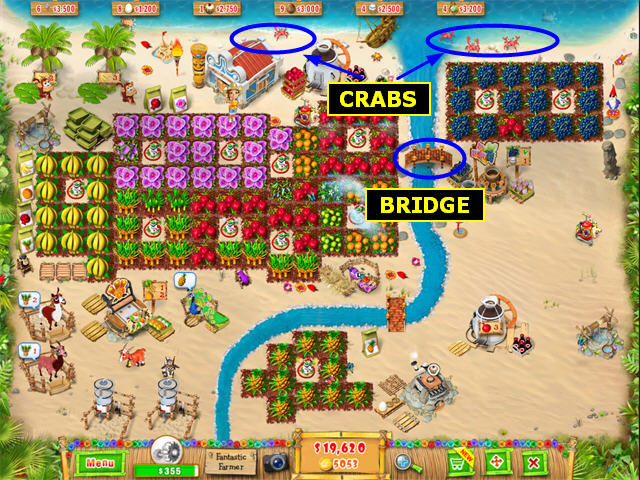

(Courtesy of Aisha Knowles)Īisha Knowles, 44, who was born and raised in Hayward and is a descendant of Russell City residents, remembers attending the annual picnic at Kennedy Park every year since she was a child and learning more about the history of the community. Nava and other former residents marked where they lived at an annual picnic that year. We all saw each other as equal.” Detail of a hand-drawn map from former Russell City resident Sam Nava displaying the neighborhood layout he made around 1970. “Russell City is a good example of showing that people, no matter their race or creed, could get along,” said Nava. Nava created a wall-size cardboard sign filled with photos submitted from former residents and a hand-drawn map of Russell City where descendants could write their names by the streets where they used to live. The park was scheduled to reopen in the spring of 2021 but was delayed.


The annual picnic had been going on for over 20 years until 2018, when renovations began at the park. Nava, now 82, remains in close contact with other former residents and their descendants through an annual picnic celebration at Kennedy Park in Hayward where families gather and reflect on the good times in Russell City. Nava, the grandson of Pancho Villa, moved to Russell City with his family in 1942, when he was 2 years old, and fondly remembers the strong sense of community and pride among residents, as well as the nightclub near his house where he would get ice cream during the day as a child. “People lived and worked together, and watched out for each other’s children that would play in the surrounding open fields,” said Sam Nava, a former Russell City resident. Some who were able to resettle relatively close made a concerted effort to keep the bonds forged alive through ongoing gatherings. An entire community was uprooted as families were scattered across the Bay Area. When homes and businesses in Russell City were demolished, residents lost more than just their property. In the 1950s, however, all that changed when Alameda County and Hayward city officials declared Russell City a "blight" and decided to transform the area into an industrial business park. The community was home to numerous businesses, a hog ranch, sheep herders, nightclubs, a church, a library, a school and its own fire department. (Courtesy of the Hayward Area Historical Society) “The title of 'city' is a misnomer.” Black-and-white aerial photograph from 1948 of Hayward Airport and Russell City. It was kind of a town in a way,” said Diane Curry, executive director and curator at the Hayward Area Historical Society. The community saw much of its growth during and after World War II, in part because of African Americans migrating from southern states to work in shipyards and factories.Įstablished in 1853 and named after a teacher who moved to California during the Gold Rush, Russell City at its peak in the post-World War II years “was more of a community and not a city. Once home to around 1,400 predominantly Black and Latino residents in an unincorporated 12-block area of Hayward, Russell City was a cultural hub for blues music, where legends like Ray Charles and Etta James performed in clubs when they toured the West Coast.

16 for its past racist policies and the role it played in demolishing Russell City. The descendants of a once vibrant, tight-knit community in the East Bay that was wiped off the map to make way for an industrial park in the early 1960s received some positive news recently, when the city of Hayward issued a formal apology on Nov.


 0 kommentar(er)
0 kommentar(er)
